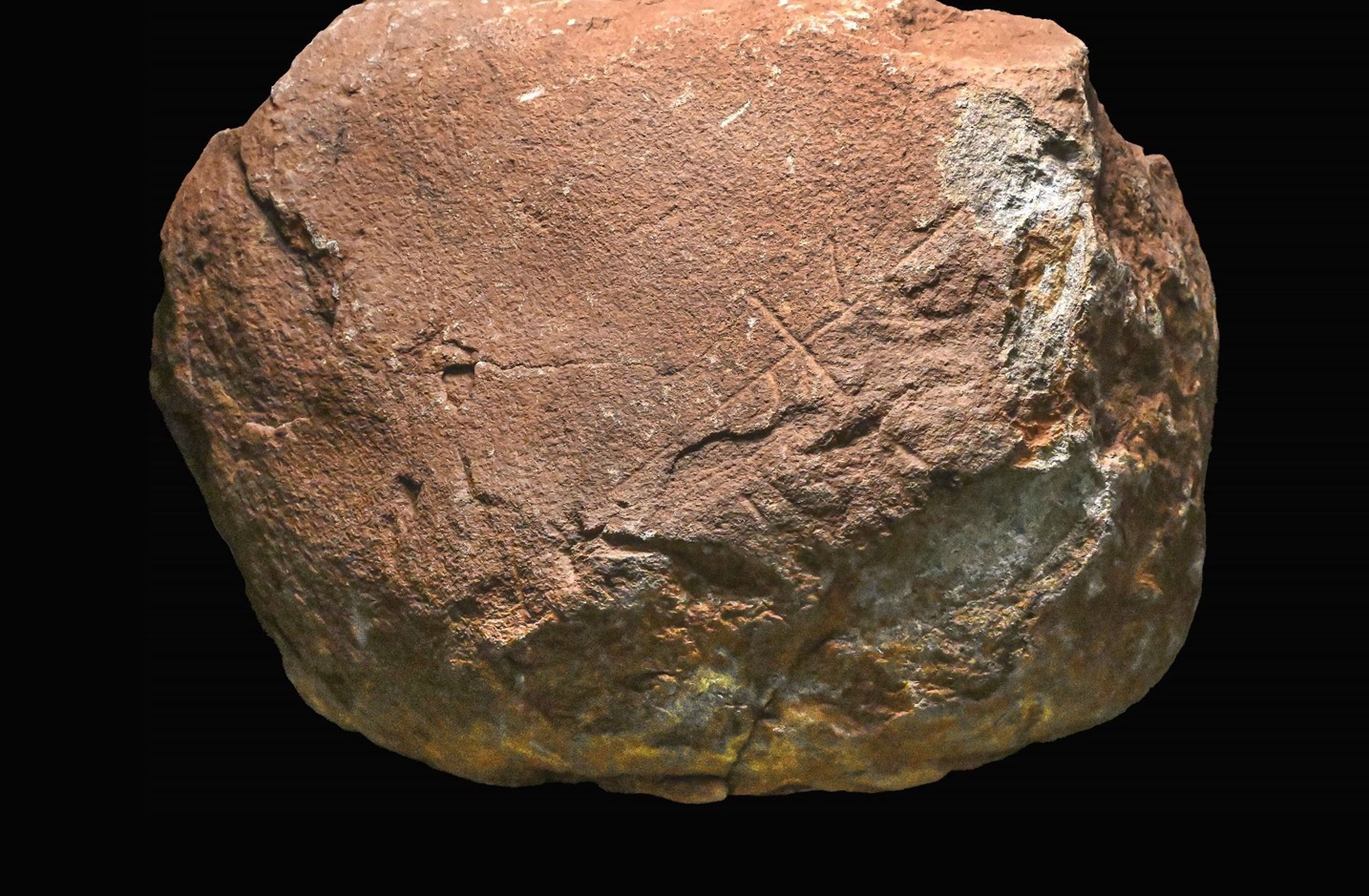The Department of Culture, Education, and Historical Heritage has announced the discovery of carvings on a gabbro stone block which could date from 200,000-years-ago.
The carvings were found during excavations at the Coto Correa archaeological site, located in the Las Chapas neighbourhood of Marbella, Spain.
Coto Correa was first identified during the 1950’s with the accidental discovery of stone tools that date from the Palaeolithic period, as well as other tools from the Chalcolithic and Late Bronze Age.
The oldest stone tools date from between 1,500,000 to 100,000 BC and confirms the presence of prehistoric settlers living in the Marbella region during the Early to Middle Palaeolithic, a period when modern humans began migrating out of Africa and began to replace other Homo species such as the Neanderthals and Homo erectus.
An analysis of finds from ongoing excavations have identified a set of carved markings on a gabbro stone block that could be 200,000 years old, potentially predating the oldest known cave art by 100,000 years.
To confirm this finding, the Department of Culture is conducting a detailed geoarchaeological analysis: “The techniques applied for absolute dating consist of quartz analysis of different sediment samples, which will allow for a precise chronology of the samples.”
“In addition, documentation work will be carried out using 3D scanning, which will allow for a high-resolution virtual composite of the set of marks. This will allow the entire surface to be studied in maximum detail, allowing for the identification of working marks and graphic elements,” added the Department of Culture”.
If the carvings’ dating is confirmed (yet to be published in scientific publications and peer reviewed journals), Coto Correa could become a pivotal reference point in the migration and settlement in Europe by Palaeolithic communities, and an important benchmark in Palaeolithic art.
Header Image Credit : Department of Culture
Sources : Marbella City Council







